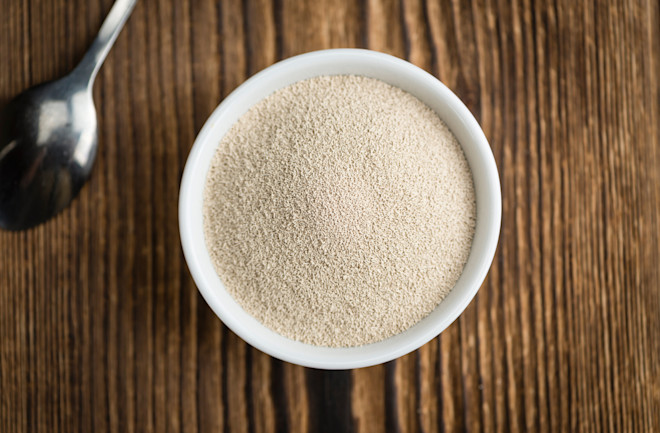A bowl of dried yeast. (Credit: Shutterstock) Try to imagine life without yeast. It’s kind of a bummer. The single-celled fungi are the leavening agents that gave rise to sourdoughs, ciabattas and chewy pizza crusts. They’re the microorganisms that convert sugar into carbon dioxide and ethanol to give beer and wine its intoxicating effects. They are used to produce insulin. You can buy yeast supplements. Yeast also played an instrumental role in a Nobel Prize win earlier this week. Yeast, it turns out, is a life-saver. Although there are some 1,500 different species, it is one of the most well studied eukaryotic organisms known to science, and it’s serving on the front lines as a model organism for cutting-edge research in genetics, biology, agriculture and medicine. Here are five reasons we owe this simple organism a debt of gratitude.
5 Ways Yeast Will Help Save Lives

Newsletter
Sign up for our email newsletter for the latest science news
0 free articles left
Want More? Get unlimited access for as low as $1.99/month
Stay Curious
Sign up for our weekly newsletter and unlock one more article for free.
View our Privacy Policy
Want more?
Keep reading for as low as $1.99!
Already a subscriber?
Find my Subscription
More From Discover
Stay Curious
Subscribe
To The Magazine
Save up to 40% off the cover price when you subscribe to Discover magazine.
Copyright © 2025 LabX Media Group
